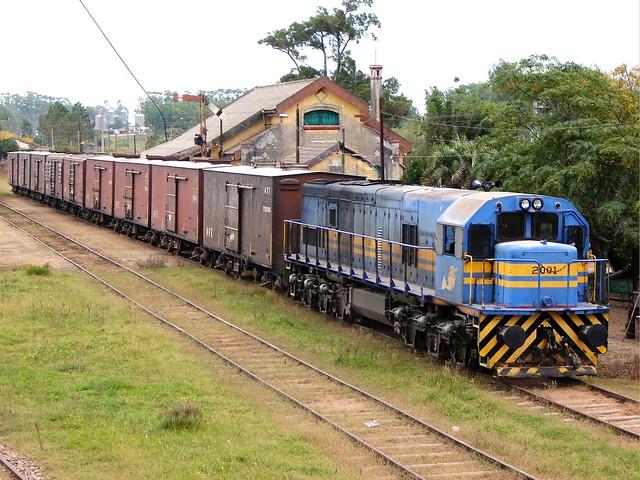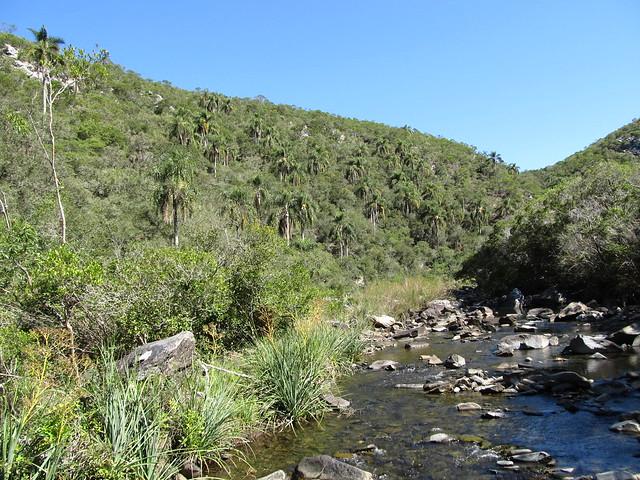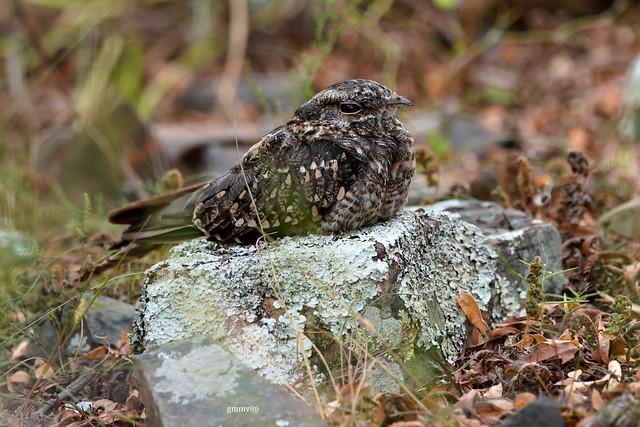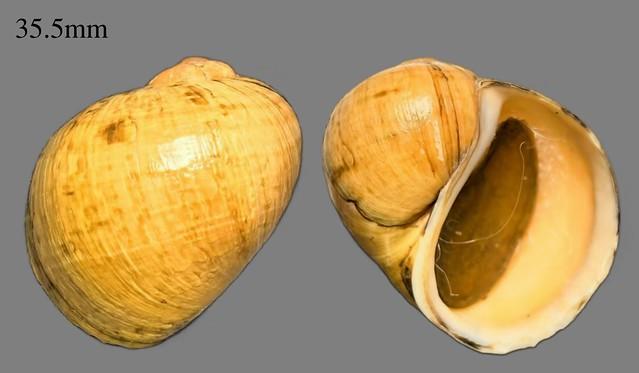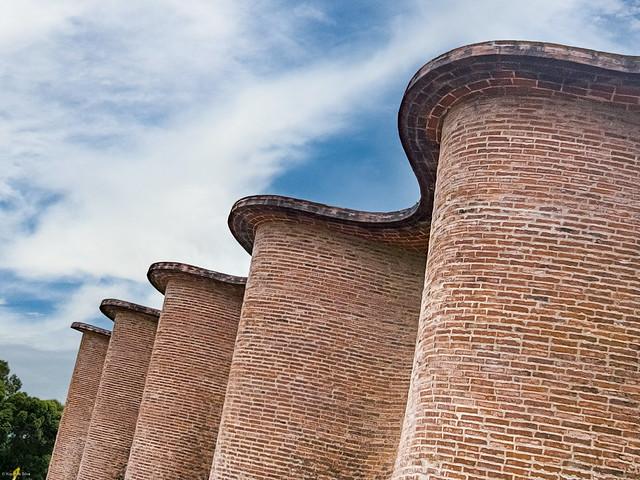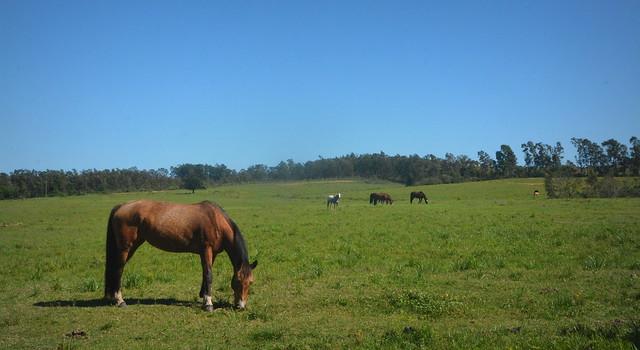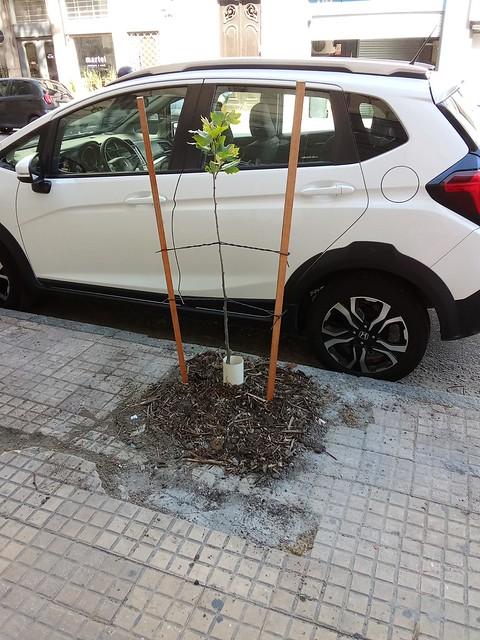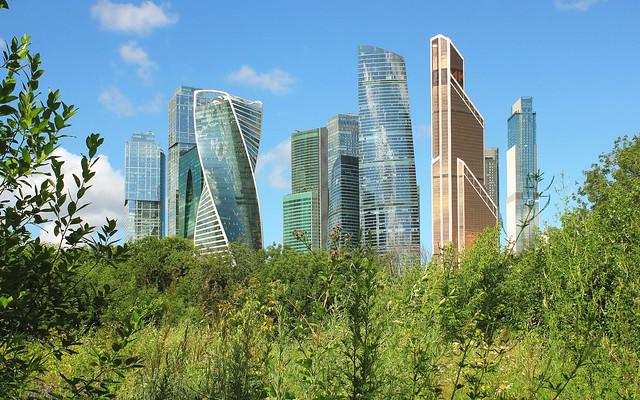Treinta y Tres
Overview
Overview of Treinta y Tres, Uruguay
Treinta y Tres, a charming state located in the eastern part of Uruguay, presents a unique blend of cultural richness and natural beauty that makes it an exceptional destination for adventurous teenagers. Named after the 33 national heroes who fought for Uruguay’s independence, the region is steeped in historical significance. The area is predominantly rural, offering a tranquil escape with scenic landscapes that include rolling hills, verdant pastures, and extensive forests. The local culture is deeply connected to the gaucho heritage, which can be seen in the lifestyle, traditions, and cuisine of its people. Visitors can explore local folklore through music, dance, and crafts that are regularly showcased in community events.
High Season for Tourism in Treinta y Tres
The best time to visit Treinta y Tres is during the Southern Hemisphere’s summer months, from December to March. During this period, the weather is warm and pleasant, making it ideal for exploring the outdoors. Teenagers will find numerous activities to keep them engaged, such as hiking in the Olimar River region, bird watching, and horseback riding. The Queguay River is a popular spot for fishing and canoeing, providing a perfect setting for adventure and relaxation. Additionally, cultural festivals and local celebrations, such as the Festival del Olimar, offer a deep dive into the music and traditions of the region, occurring typically around Easter.
Preparations for Visiting Treinta y Tres
Before traveling to Treinta y Tres, it’s important for teenagers to prepare adequately to ensure a smooth and enjoyable trip. Essential travel documents include a valid passport, and depending on the country of origin, a visa may be required. It’s wise to check the latest travel advisories and health guidelines, especially concerning vaccinations that might be recommended. Since outdoor activities are prominent, packing should include comfortable clothing suitable for warm weather, sturdy shoes for hiking, and perhaps a swimsuit for water activities. Additionally, learning some basic Spanish phrases can be incredibly helpful, as English is not widely spoken outside the main tourist areas. Lastly, carrying a basic first-aid kit and understanding local emergency numbers and services can provide extra safety.
How It Becomes to This
History not available

You May Like
Explore other interesting states in Uruguay
Discover More Area
Delve into more destinations within this state and uncover hidden gems.


